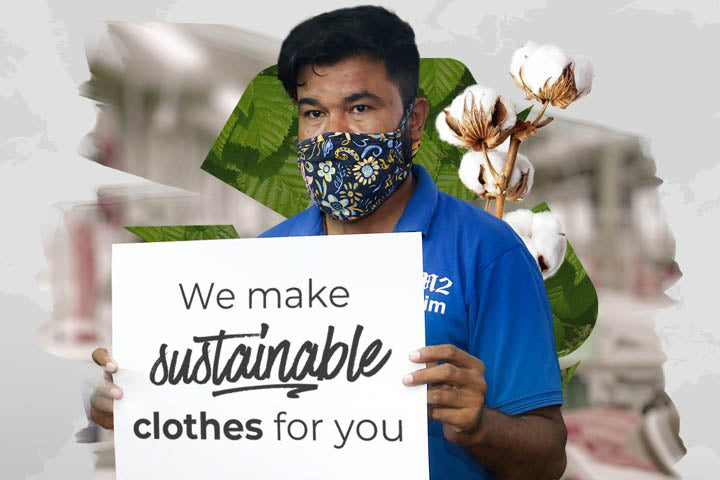The Cost of Living an Unsustainable Life

Humans do not have a crystal ball and thus predicting future isn’t easy. However, given our unsustainable practices and with scientific calculations, we can predict with much certainty that deadly consequences for our planet are just on the corner. In the next thirty years, our planet could become unrecognisable as carbon emissions rise, fossil fuels replete, and single-use plastic swallows up our oceans and marine life. If we have any hope of mitigating or reversing the impact of climate change, we must take proactive steps to adopt a more sustainable lifestyle today.
We’re looking at a few of the unsustainable aspects of our lives and the cost that they’re having on our planet. With the help of IPPC’s latest report, we’re also taking a look at where our world could be in 30 years and how we can change that outlook.
Rising carbon emissions
One of the leading causes of climate change is rising CO2 levels, which research shows can have a “severe” global impact. Rising carbon emissions has led to everything from food supply disruptions to increased wildfires and extreme weather. The amount of carbon dioxide in our atmosphere is at a record high, rising every month by everyday tasks like driving diesel cars, consuming red meat and manufacturing unsustainable clothing.
Depleting fossil fuels
Fossil fuels are a finite resource, meaning we will inevitably hit the rock bottom of the earth’s supply. If we keep burning fossil fuels at our current pace, experts forecast that we might deplete our fossil fuel resources by 2060. Even while countries are actively attempting to lower their fossil fuel reliance, energy demand rose by 2.1% in 2017.
The return of single-use plastic
One lifestyle change that we were all adopting before the pandemic, was ditching single-use plastic. We swapped out plastic water bottles and bags for their reusable and eco-friendly counterparts.
When the pandemic hit, all this hard work disappeared. Suddenly, we were back to relying on single-use plastic for everything from face masks to lateral flow tests and PPE gloves. Most of this single-use plastic is destined for landfills or our oceans, where plastics will endanger the ocean’s biodiversity and marine life.
Where the world will be in 30 years
The United Nations have said that this decade is our last chance to prevent the ‘irreversible damage’ caused by climate change. According to the IPPC, temperatures will rise more than 1.5C within the next twenty years, bringing consequences for every aspect of our lives.
When we think of what the world will look like in 30 years, we have two choices: either sit back and do nothing or accepting climate change as being inevitable – and thus actively and positively make an impact. Thereby, changing the future for good!
While certain changes appear inevitable – like rising sea levels and the acidification of our oceans – we can mitigate against their impact by adopting a more sustainable lifestyle. You can initiate with small steps every day that become habits and make your life more sustainable. Start small with changes that you can incorporate into your everyday life.
By working together, we can save our planet. Research shows that we’re the last generation that can prevent, reverse, and mitigate the impact of climate change and unsustainable lifestyles. Let us not be the last of generations to have this opportunity and act before it’s too late






Leave a comment